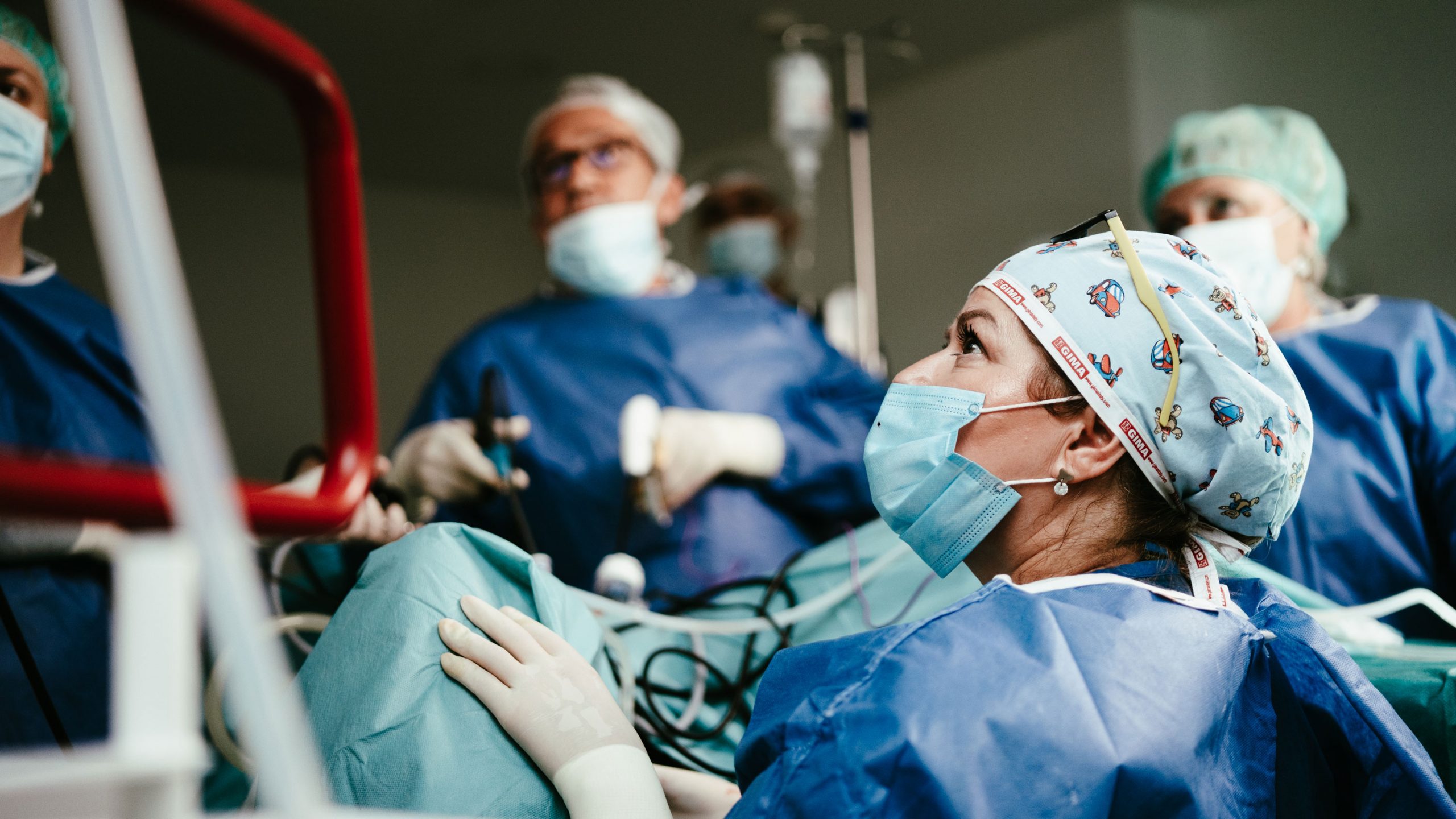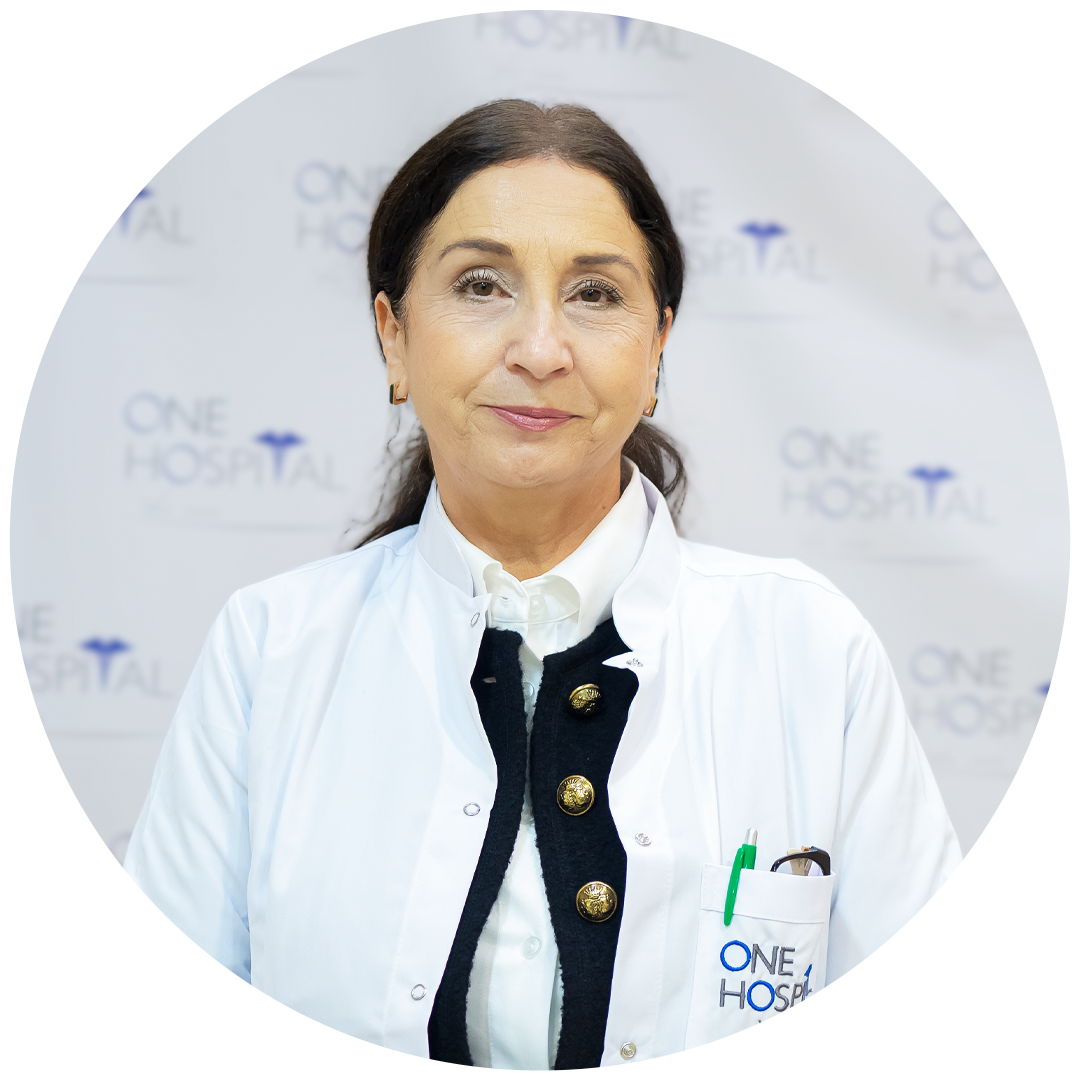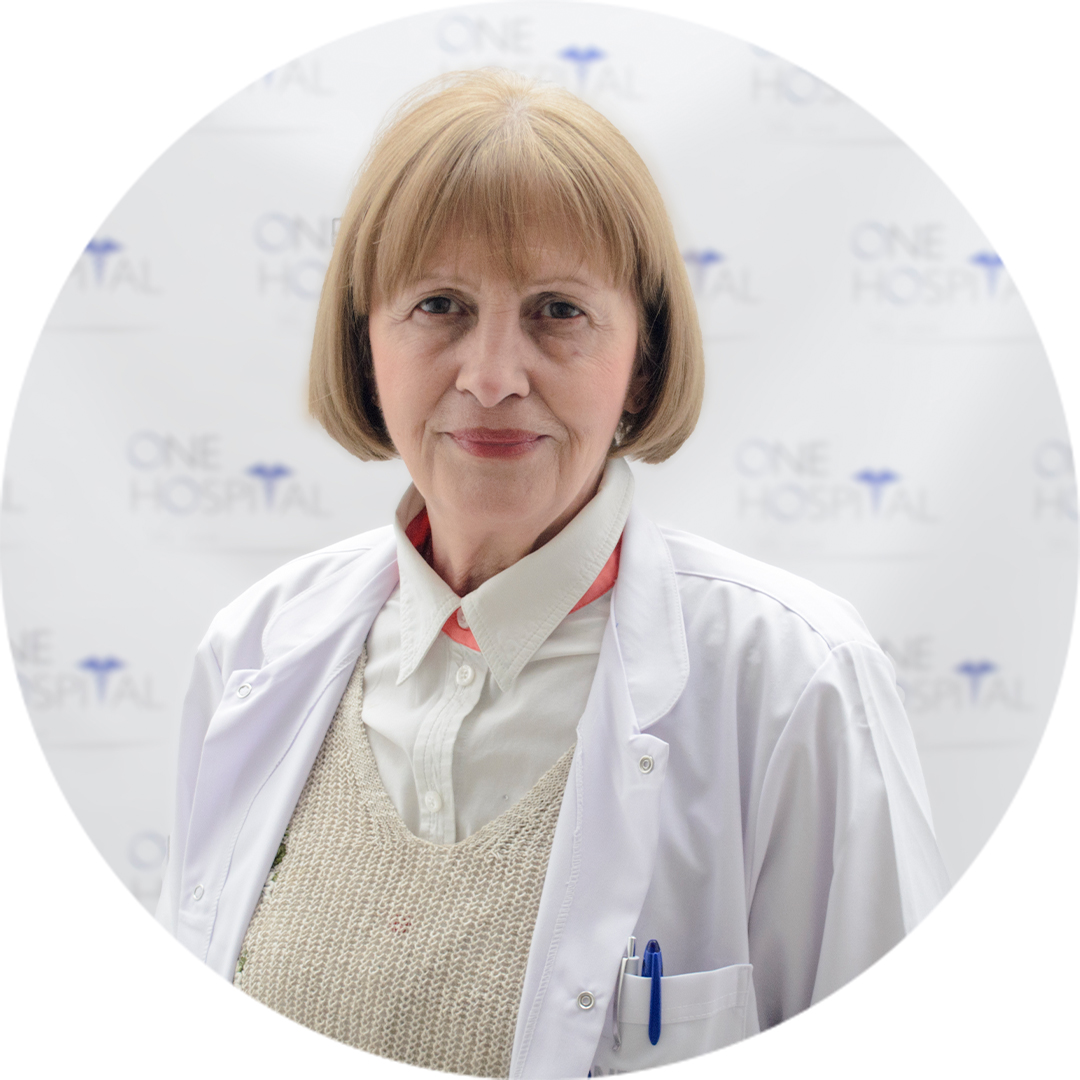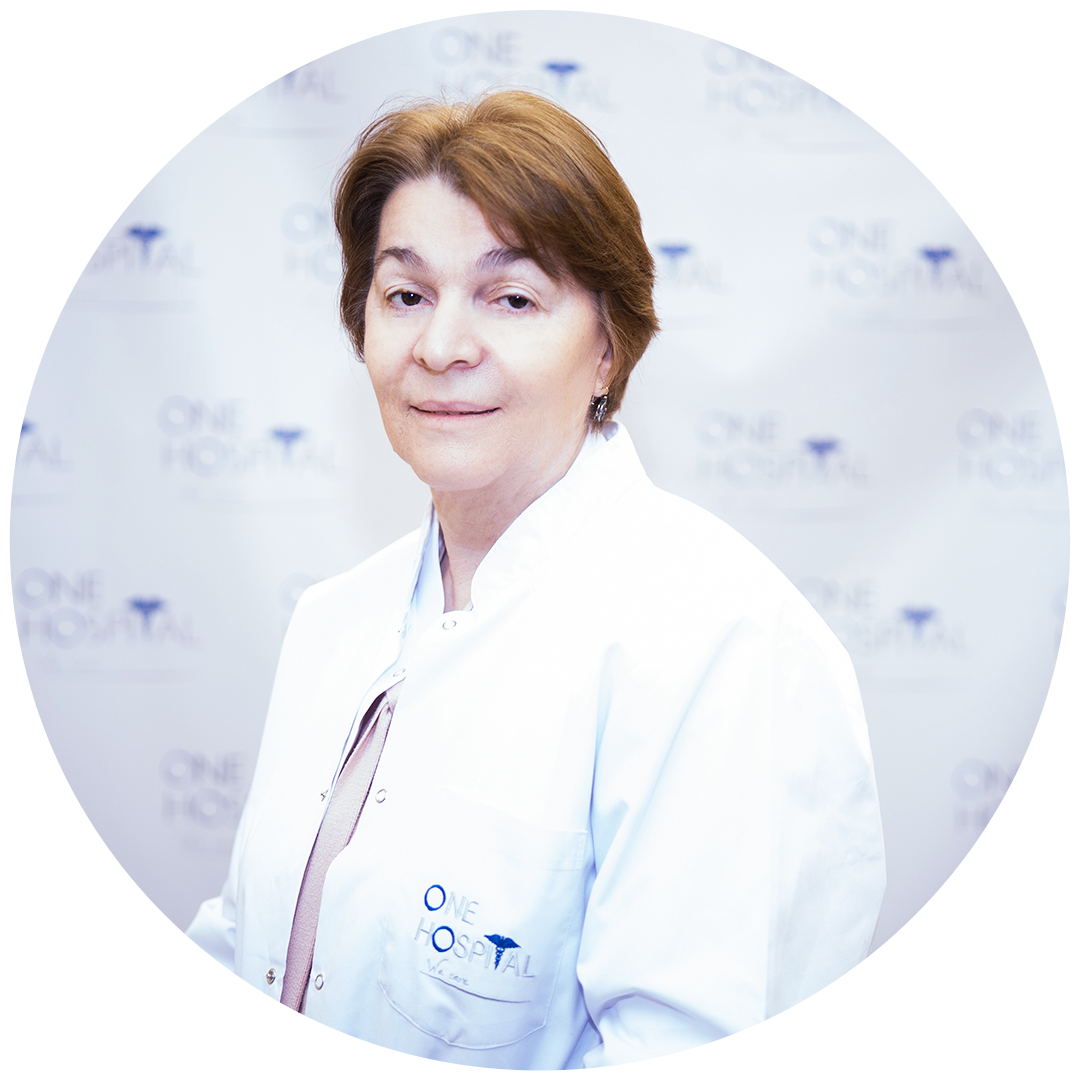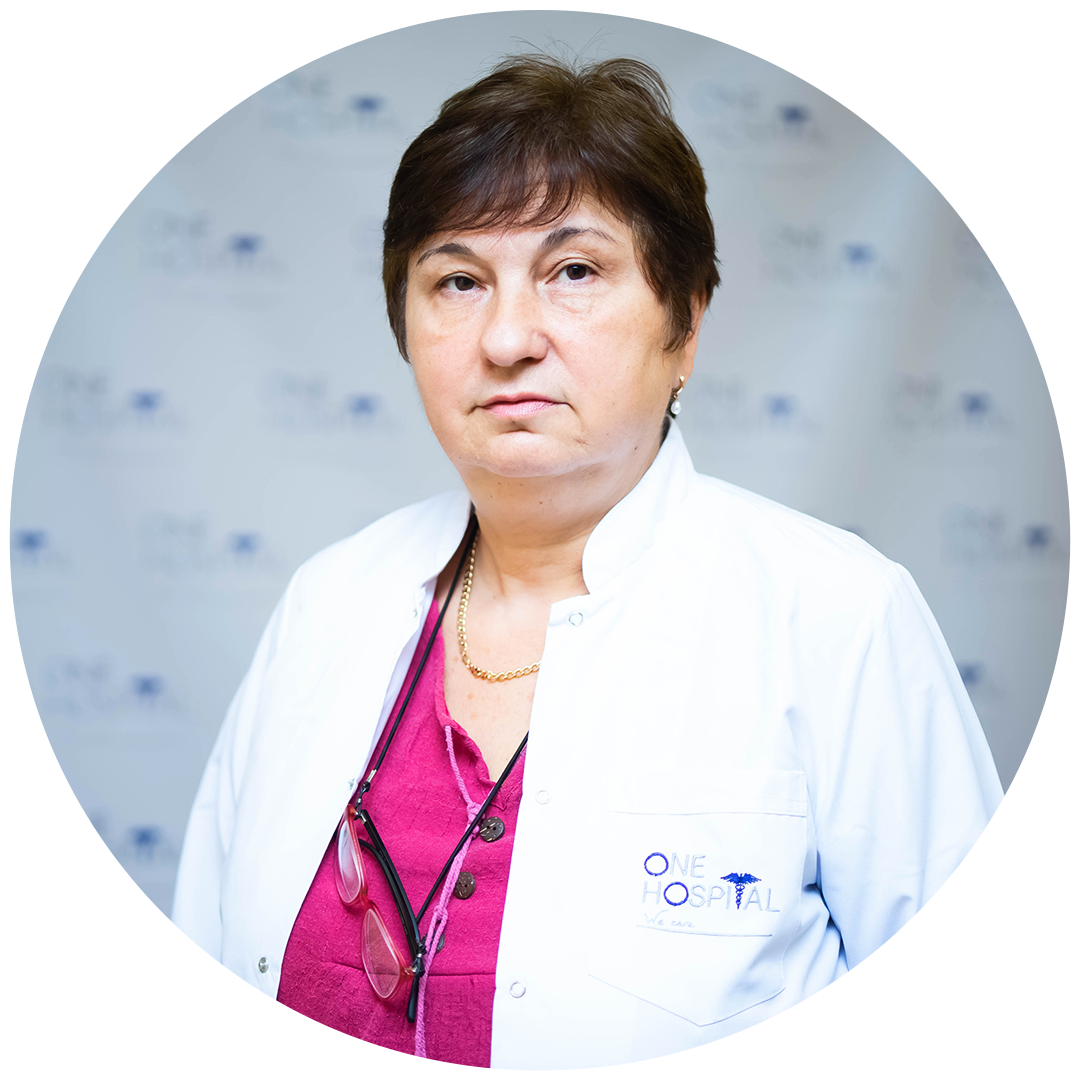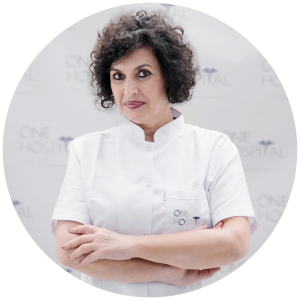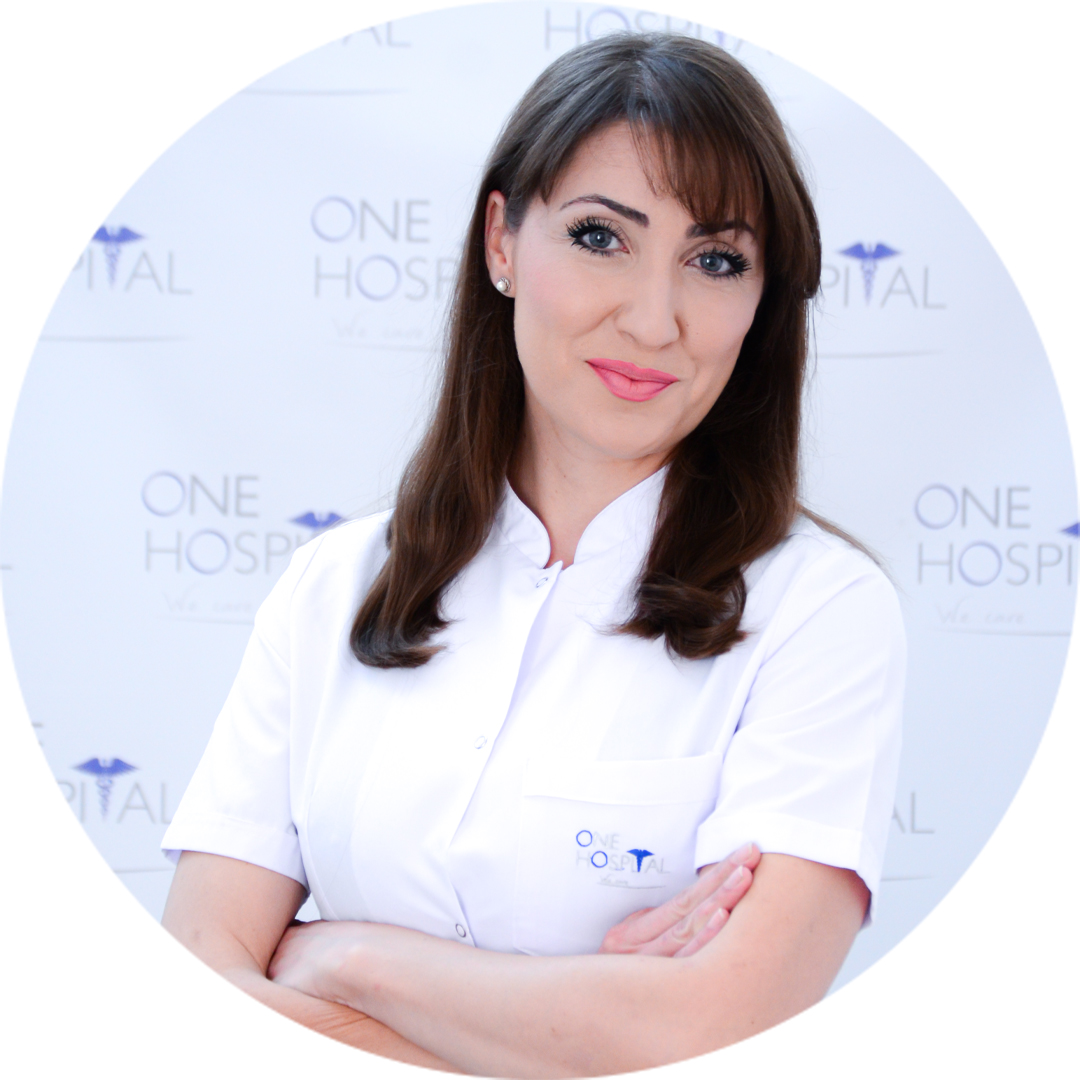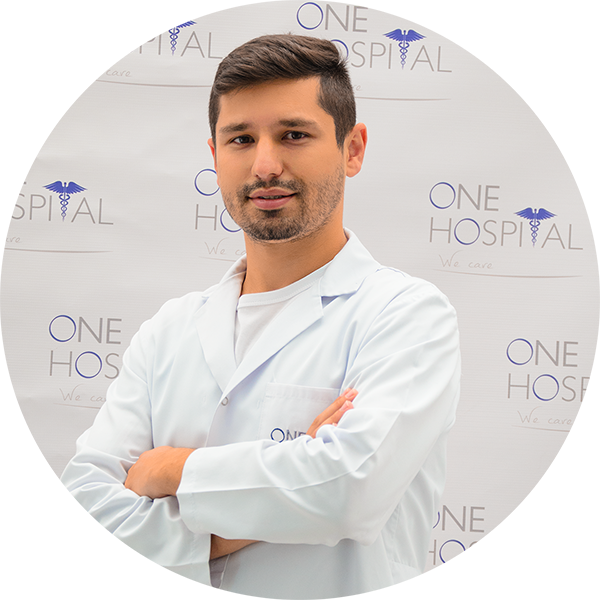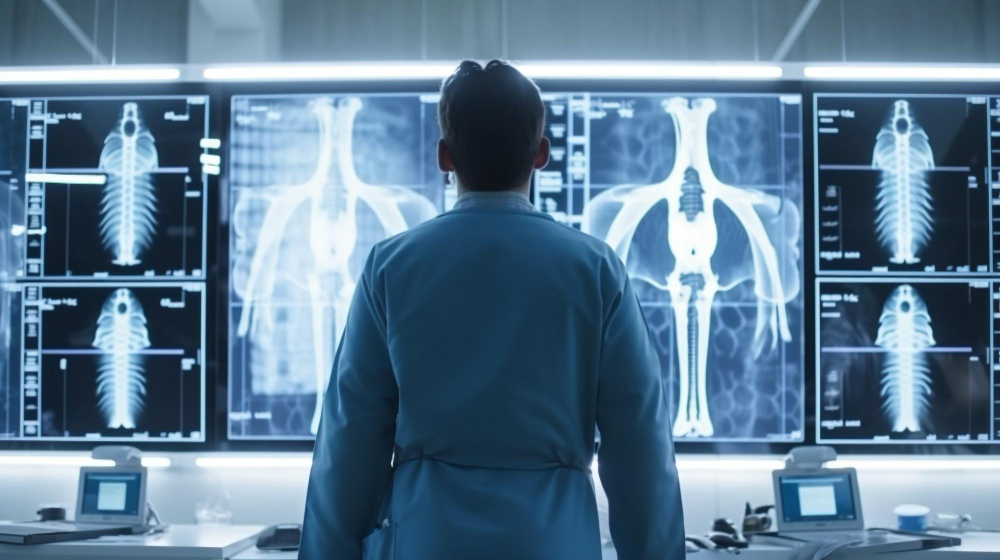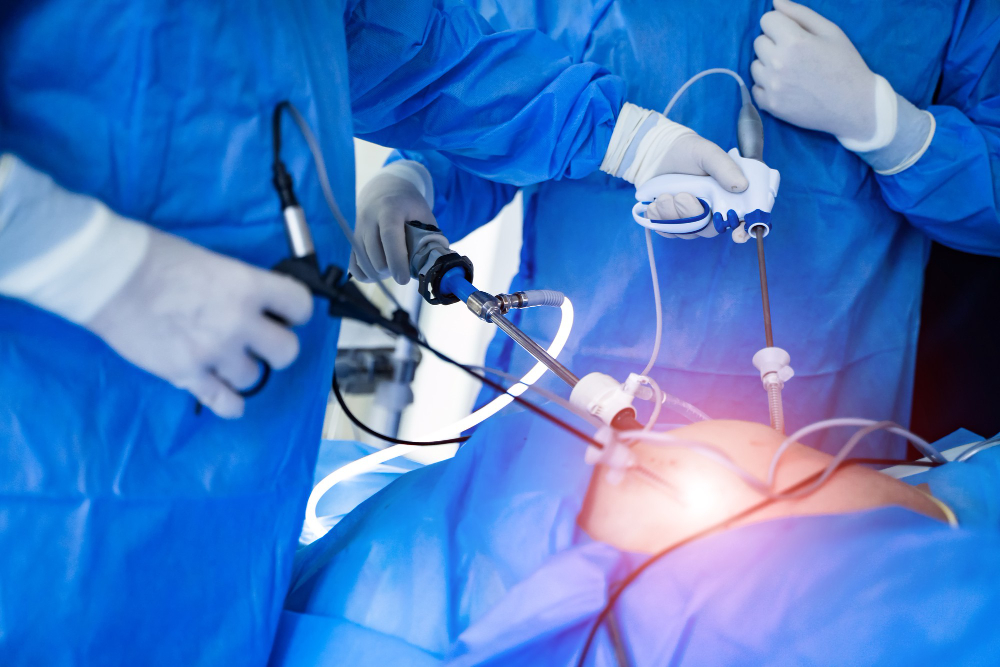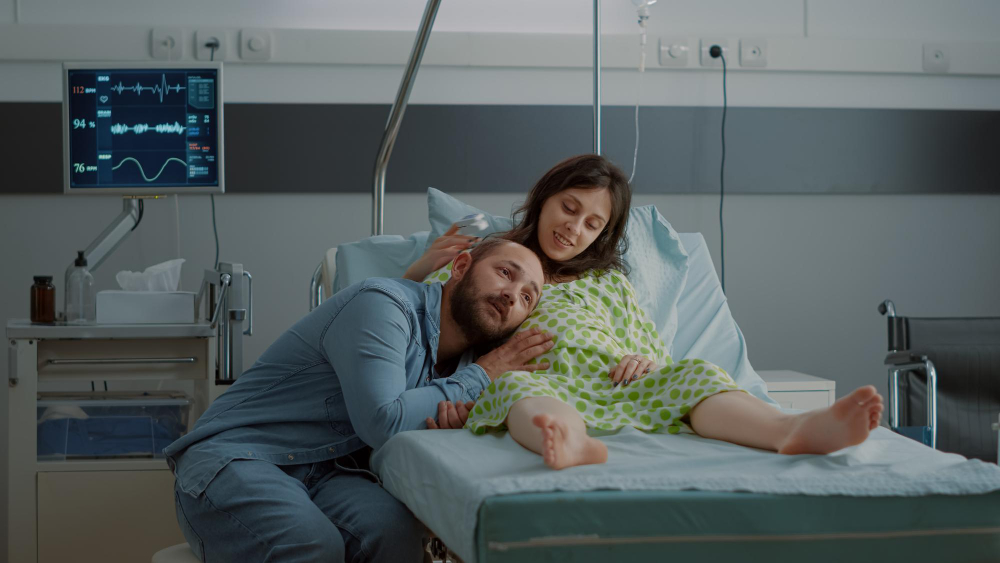What is hysteroscopy?
Hysteroscopy is a diagnostic intervention method that initially examines the inside of the uterus using an optical telescope called a hysteroscope. Hysteroscopy is used for diagnostic purposes and as a surgical method to treat certain conditions.
Why is hysteroscopy needed?
Hysteroscopy allows the gynecologist to examine the inside of the uterus in detail.
How is hysteroscopy performed?
The hysteroscope is carefully inserted through the vagina and cervix into its inner part, and the gynecologist (operator) monitors his every movement on special monitors. A biopsy of the uterine lining may also be taken during the hysteroscopy for examination.
What is it used for and what can we diagnose with hysteroscopy?
Hysteroscopy is used to detect the causes of:
- Unusual bleeding
- Sterility
- Previous problems with pregnancy
- Other gynecological diseases
- With the help of hysteroscopy can be removed:
- Polyps,
- Septums or septa of the uterus,
- Uterine fibroids are located on the inside of the uterus.

How long does this procedure take?
Hysteroscopy usually takes about 20 to 30 minutes. The procedure can be performed without anesthesia if only an examination of the inside of the uterus is performed or with anesthesia if surgery is performed, which means no pain is felt. In case hysteroscopy is performed is not to take food and fluids 6 hours before anesthesia. You can usually go home after a few hours of hysteroscopy.
What can you expect after a hysteroscopy?
You may feel a slight abdominal pain that passes quickly. You need to rest on the day of the hysteroscopy. The first menstrual cycle after the procedure can be heavier and longer than the normal cycle and the next few cycles can also be irregular which does not mean it has to be that way. To avoid the risk of infection tampons should not be used for the next two months after hysteroscopy. Depending on what has been done, you should avoid sexual intercourse during the period that your gynecologist will tell you about.
You should inform your gynecologist if the pain persists for more than 48 hours if it is severe and sharp pain if you have to bloat in the abdomen if you have a fever.
In some cases, the hysteroscopy may not be successful and needs to be repeated.
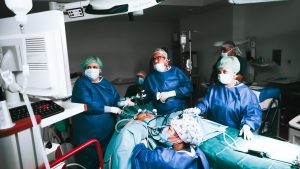
When is it best to have a hysteroscopy?
Your gynecologist will determine the day when the hysteroscopy will be done, but it is usually until the third day after the end of menstrual bleeding because then the endometrium is thinner, ie the inner – the first layer of the uterine wall. It is also individual, but usually 7 to 10 days you can have vaginal bleeding for which your gynecologist will also explain how you should see it and what changes to look out for (color, quantity, smell, appearance ..)
At One Hospital we started working on this procedure as well, so if your family gynecologist advised you that you are a candidate and recommended such a diagnostic procedure, call our phone number 078 822 777 and make an appointment for a consultation with our gynecologists who are top and proven for this procedure.

